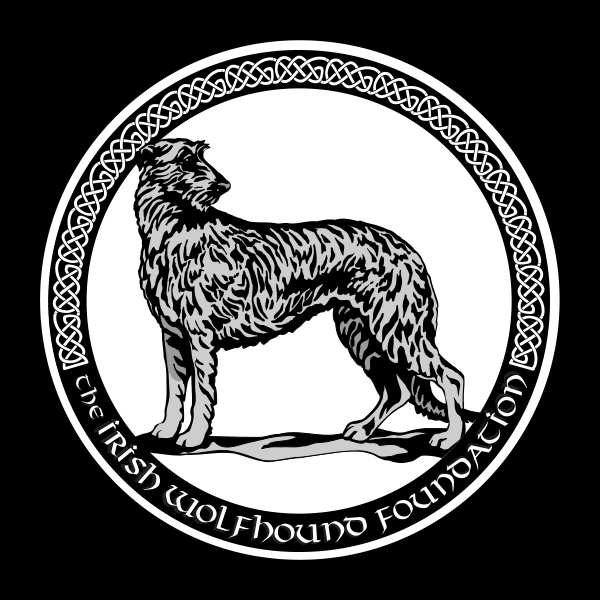Final report: Startle disease: a new genetic disorder in Irish Wolfhounds
Principal Investigator: Professor Robert J. Harvey, PhD
Project contact email, mailing address, phone number: Department of Pharmacology, UCL School of Pharmacy, 29-39 Brunswick Square, London WC1N 1AX, UK. Tel: (44) 207 753 5930; E-mail: r.j.harvey@ucl.ac.uk
Co-Investigators: Nathan Sutter, Ph.D., Assistant Professor of Medical Genetics, Cornell University, College of Veterinary Medicine, VMC C3-179, USA
Background: We recently identified a new genetic disorder known as startle disease or hyperekplexia in Irish wolfhounds from the USA. Clinical signs include low birth weight, muscle stiffness, tremor on handling and difficulty breathing. By sequencing the canine equivalents of human startle disease genes in key DNA samples, we found that a deletion in the gene SLC6A5 (encoding the glycine transporter GlyT2) caused this new disorder. Since carriers of the GlyT2 gene deletion show no discernable clinical differences from normal animals, we aimed to accomplish the following:
1. To raise awareness of this new genetic disorder - Prof. Harvey will work together with the Irish Wolfhound Foundation to create a lay language article for publication on the IWF website. This aim was achieved and the article has been posted here.
2. To apply a new multiplex PCR diagnostic test to screen the >400 DNA samples in the Irish Wolfhound DNA bank, held by Prof. Nate Sutter at Cornell, to obtain an estimate of the population frequency of this new disease gene variant. This aim was also achieved as follows:
Methods: Despite initial quality issues with the archived DNA samples, we successfully applied high-sensitivity KASPar assays for genotyping 390 samples received from Dr. Sutter at Cornell. KASPar technology uses allele-specific oligonucleotide extension and fluorescence resonance energy transfer (FRET) for genotyping. We validated this method by genotyping existing DNA samples from our previous startle disease study (Gill et al 2011, Neurobiol Dis 43:184-189). All samples typing as heterozygous carriers were double-checked using our existing multiplex PCR assay.
Results: We analysed a total of 392 samples from the Irish Wolfhound DNA bank using the KASPar assay. Of these DNA samples, 382 were confirmed as normal (+/+), 2 samples could not be typed by either the KASPar assay or multiplex PCR and 8 were found to be heterozygous carriers (+/-) of the GlyT2 microdeletion. As expected, there were no animals that typed as affected (-/-). The heterozygotes were then verified using a multiplex PCR approach to verify the KASPar assay results.
Conclusions: By genotyping samples from the Irish Wolfhound DNA bank, we have detected 8 heterozygous carriers out of 390 samples. This equates to a frequency of carrier animals of 2%, i.e. on random testing there is 1 carrier for every 50 dogs in the archive. Since Irish Wolfhound DNA bank samples were collected during the period 2006 to 2012, we can also conclude that: 1. Startle disease in Irish Wolfhounds is not a new disorder, but has been present in the population for some time; 2. Heterozygous carriers of the startle disease mutation are more common than might have been expected. This study highlights the importance of future vigilance and DNA screening via Laboklin (http://www.laboklin.co.uk/).
Professor Robert J Harvey
London, 27th March 2013


